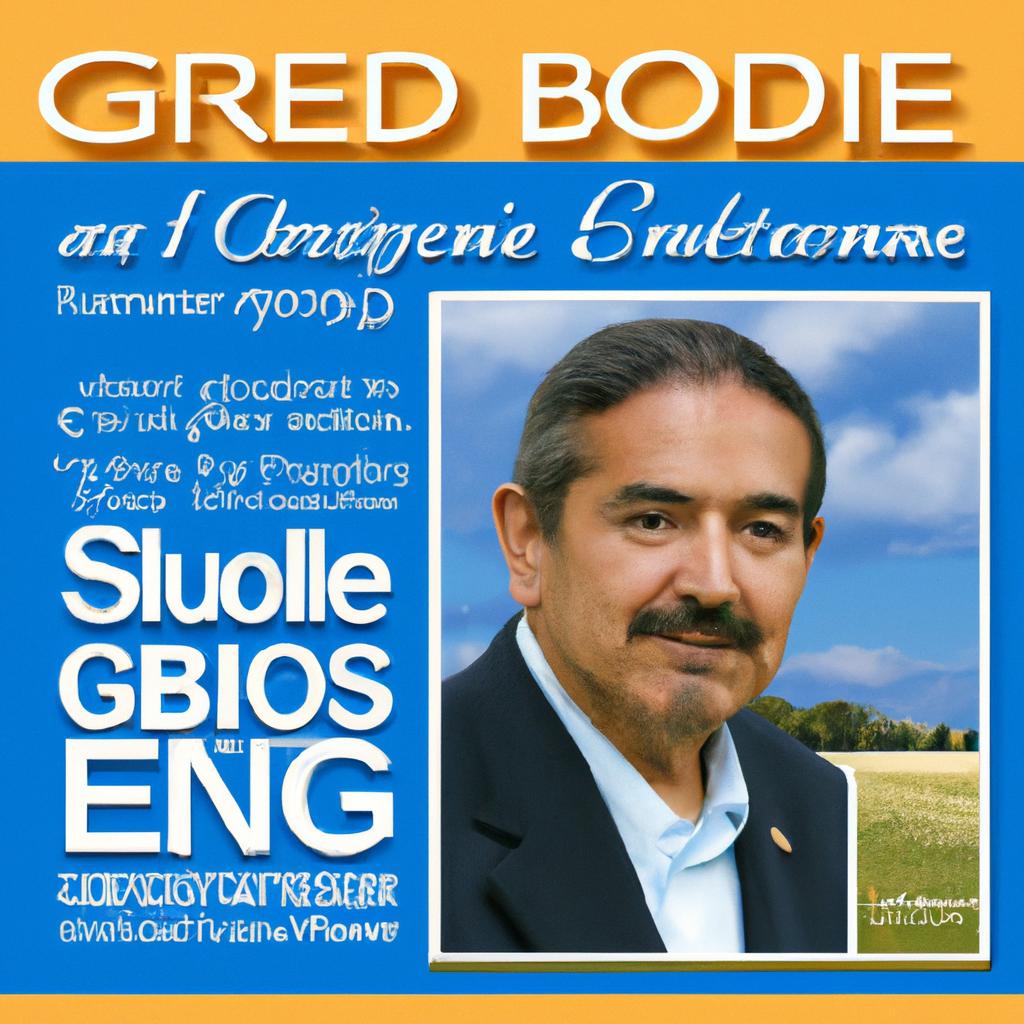In a recent development, former Republican Congressman George Santos has announced his decision to enter the race for New York’s 1st District as an independent candidate. This move by Santos, a well-known figure for his conservative values and commitment to public service, has garnered significant attention from both voters and political analysts.
New Independent Candidate Shakes Up New York’s 1st District
George Santos, a former GOP representative, made headlines by declaring his candidacy as an independent in New York’s 1st District. This decision marks a notable departure from traditional party affiliations and reflects a growing trend of dissatisfaction with partisan politics.
Embracing Independence
By opting to run as an independent, Santos is positioning himself as a candidate who prioritizes principles over party loyalty. This bold step distinguishes him from other contenders and emphasizes his dedication to serving the district without being bound by partisan constraints.
Amidst increasing polarization, Santos’s independent candidacy highlights the demand for alternative voices in politics. It serves as a reminder that independent perspectives can bring about meaningful change outside the confines of established party structures.
Looking Towards the Future
As the competition in New York’s 1st District intensifies, Santos’s entry as an independent candidate introduces a new dynamic to the race. With his proven track record and commitment to the community, Santos is poised to make a significant impact and provide voters with a fresh choice in the upcoming election.
George Santos Makes a Bold Move: Transitioning from GOP to Independent
The political landscape is ever-evolving, and George Santos, a congressional candidate from New York, has made a surprising decision to suspend his GOP campaign and run as an independent. This unexpected move has sparked speculation and interest among voters and political observers.
Reasons Behind the Switch
Santos’s shift to an independent candidacy stems from his desire to distance himself from the increasingly polarized political environment in the United States. By choosing independence, Santos aims to appeal to a broader spectrum of voters and promote a more collaborative approach to governance.
Additionally, Santos was dissatisfied with the direction of the Republican Party, particularly amidst internal conflicts and controversies. Running as an independent signifies his commitment to prioritizing the needs of the people over partisan interests.
Implications of Santos’ Decision
Santos’s independent candidacy carries significant implications for the upcoming election. By breaking away from party affiliations, Santos presents himself as a candidate willing to transcend political ideologies and work towards the common good. This could resonate with voters seeking a more bipartisan approach to governance.
Furthermore, Santos’s independent run could disrupt the race’s dynamics and compel his opponents to adapt their strategies. With a growing number of independent voters, Santos’s candidacy has the potential to appeal to a broader electorate and influence the election’s outcome.
What Voters Can Expect
For New York voters, Santos’s independent candidacy offers a chance to support a candidate untethered to traditional party structures. Voting for Santos signals a desire for leadership that prioritizes the people’s interests over partisan politics.
Moreover, Santos’s independent campaign opens avenues for collaboration within the political system. Electing an independent candidate could break the gridlock in government and pave the way for more effective and inclusive governance.
In Conclusion
George Santos’s decision to transition from the GOP to an independent candidacy is a bold move that could reshape New York’s political landscape. By challenging the status quo and advocating for a more inclusive governance approach, Santos presents a vision for a united and effective political system. As the election unfolds, the impact of Santos’s independent candidacy remains to be seen, with potential implications for the district’s future political direction.




